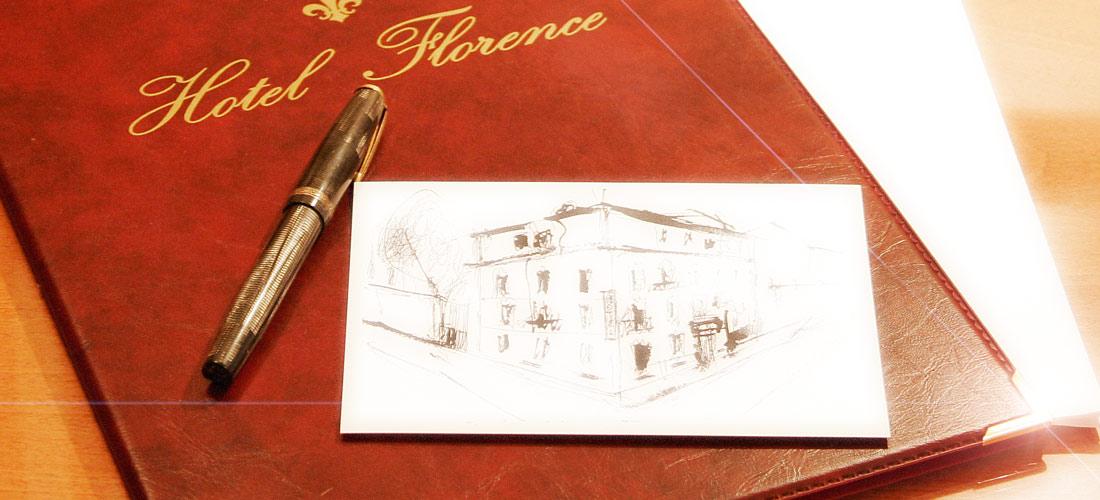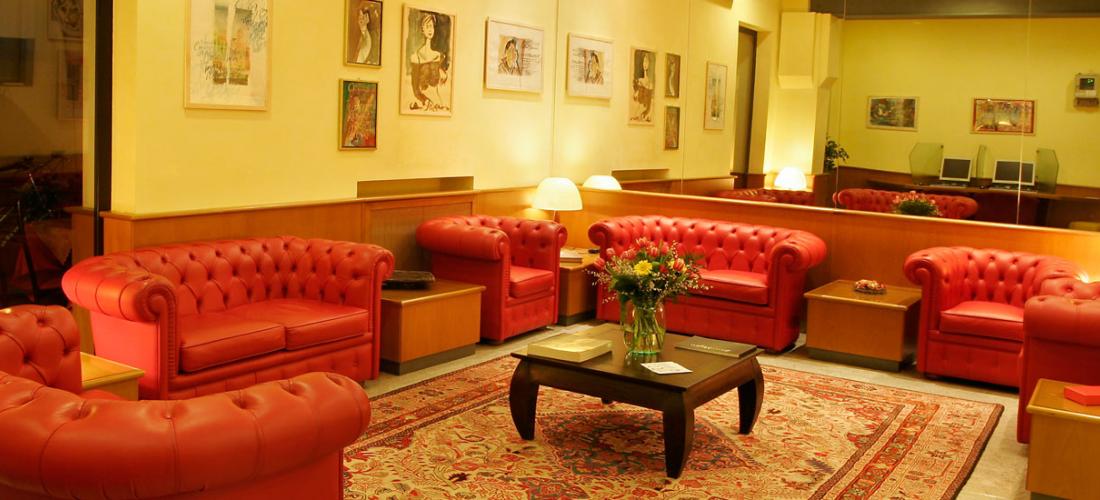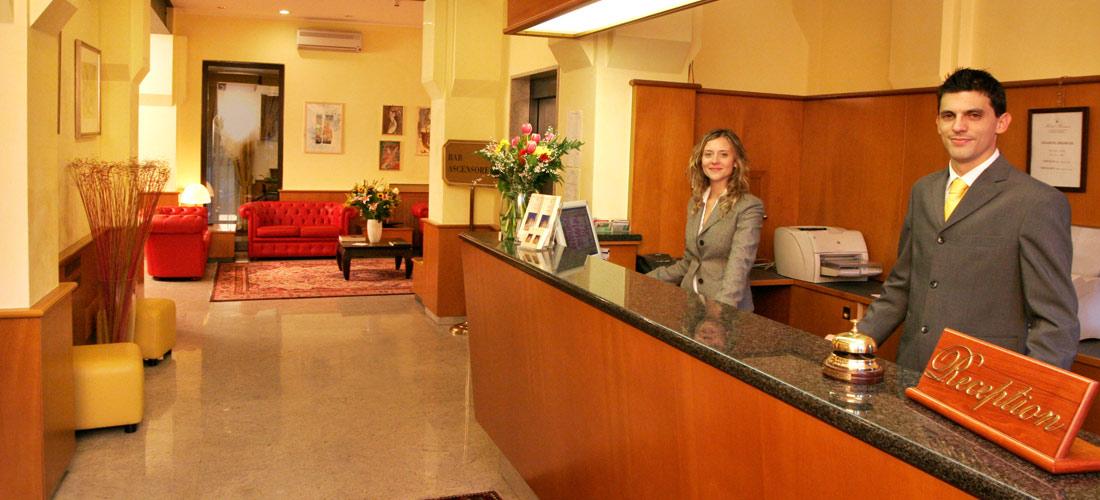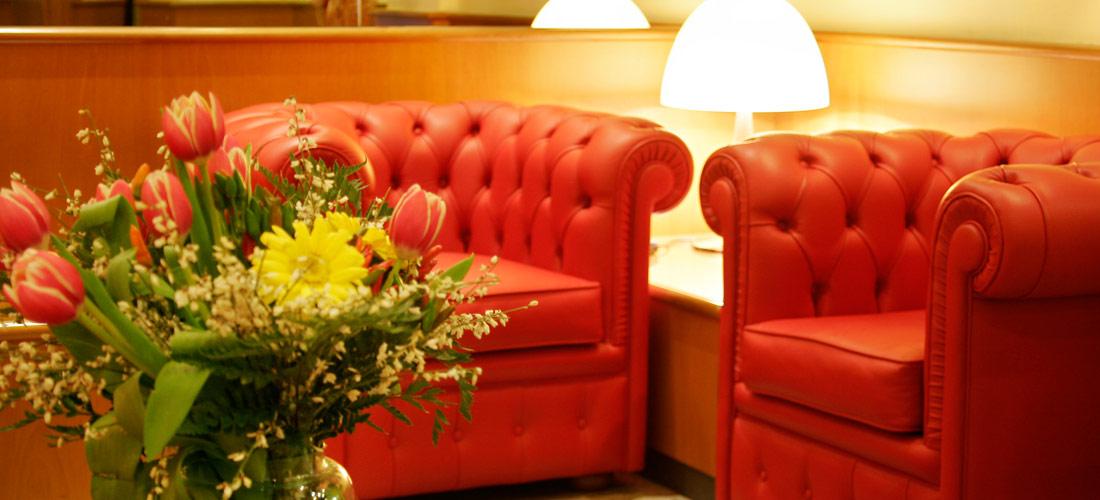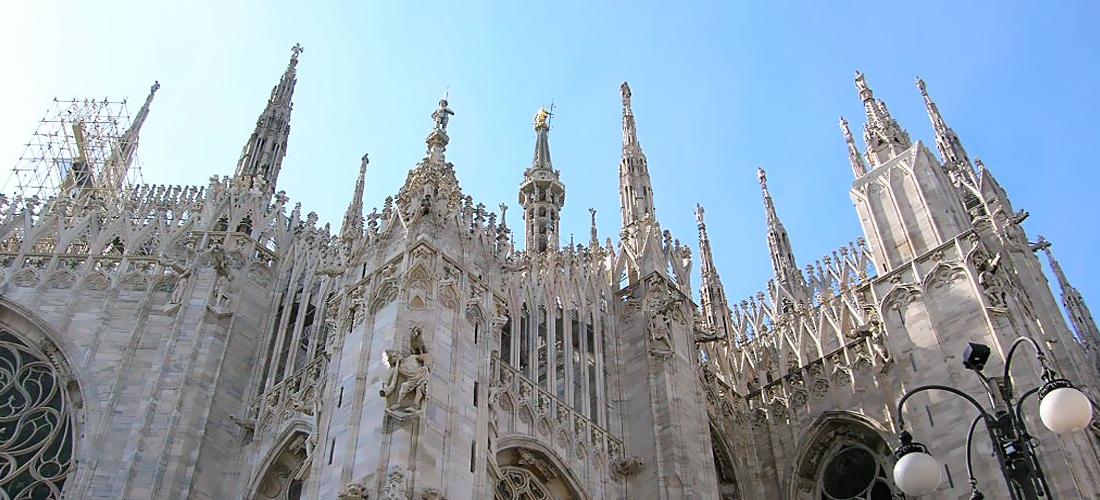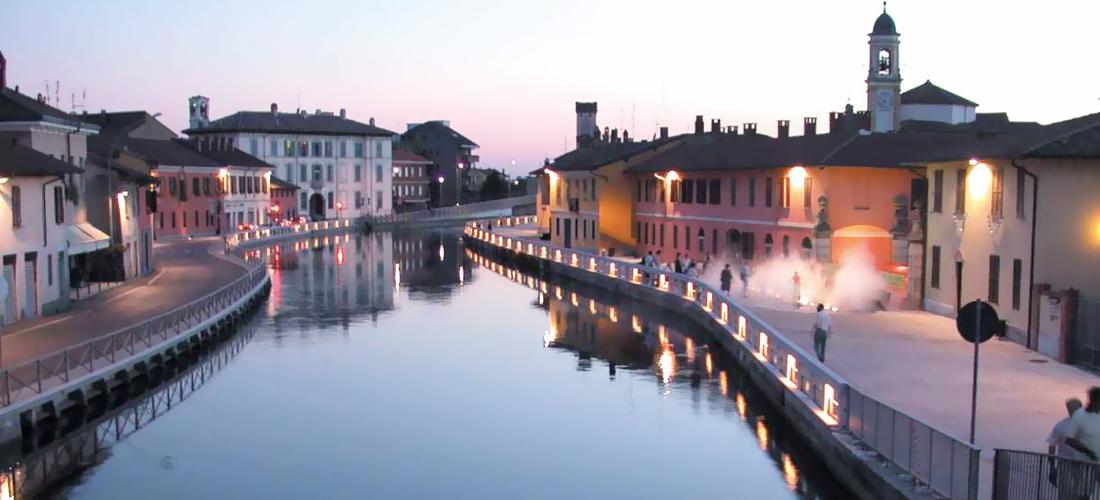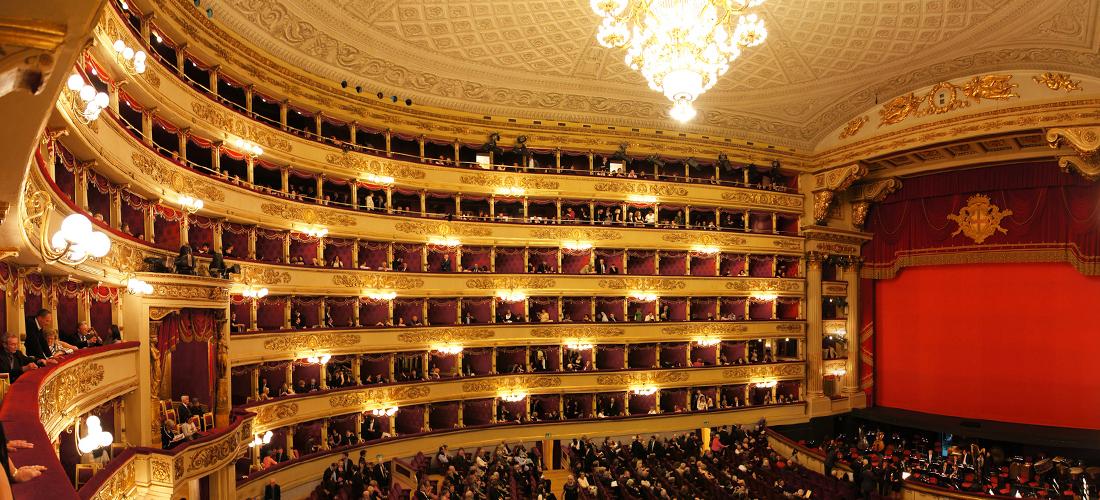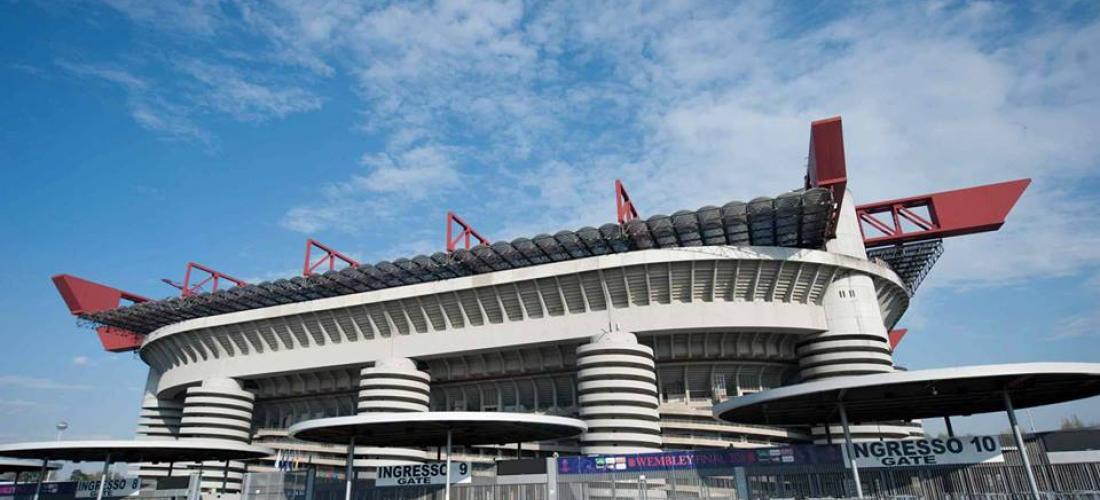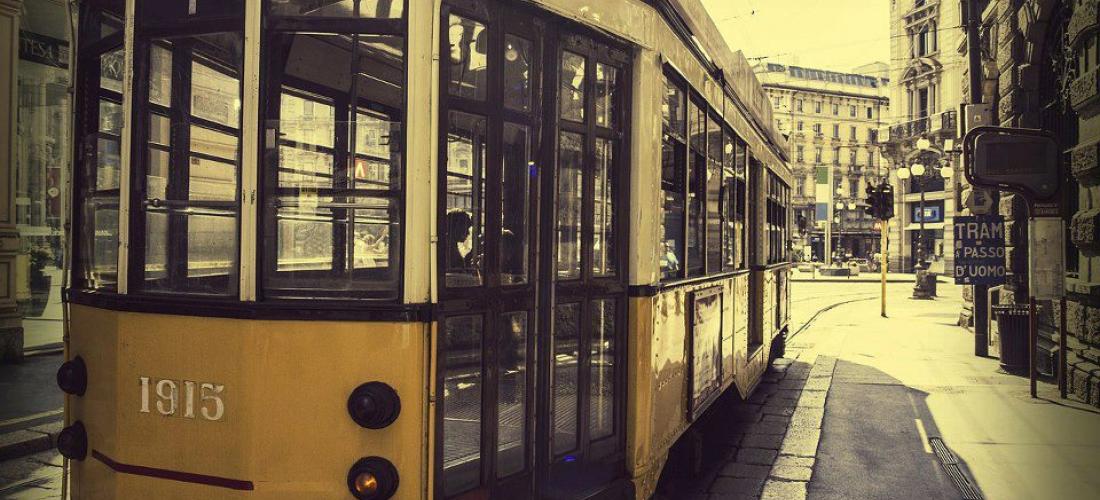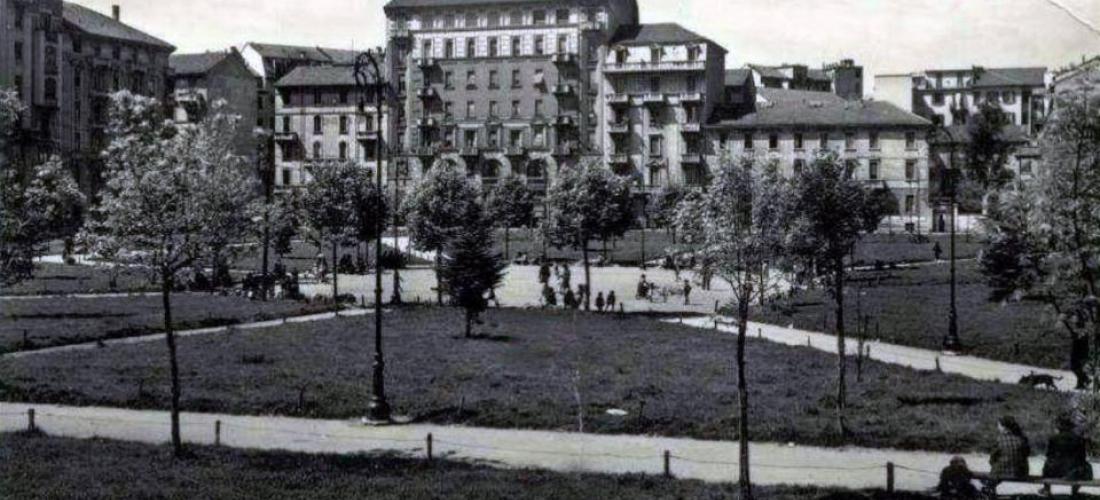Duomo Cathedral
Milan Cathedral is the cathedral church of Milan, dedicated to Santa Maria Nascente (Saint Mary Nascent), it is the seat of the Archbishop of Milan, currently Cardinal Angelo Scola. The Gothic cathedral took nearly six centuries to complete. It is the fourth largest cathedral in the world and the largest in the Italian state territory.
Milan's layout, with streets either radiating from the Duomo or circling it, reveals that the Duomo occupies what was the most central site in Roman Mediolanum, that of the public basilica facing the forum. Saint Ambrose's 'New Basilica' was built on this site at the beginning of the 5th century, with an adjoining basilica added in 836. The old baptistery (Battistero Paleocristiano, constructed in 335) still can be visited under the Milan Cathedral, it is one of the oldest Christian buildings in Europe. When a fire damaged cathedral and basilica in 1075, they were later rebuilt as the Duomo.
The plan consists of a nave with four side-aisles, crossed by a transept and then followed by choir and apse. The height of the nave is about 45 meters, the highest Gothic vaults of a complete church (less than the 48 meters of Beauvais Cathedral, which was never completed).
The roof is open to tourists (for a fee), which allows many a close-up view of some spectacular sculpture that would otherwise be unappreciated. The roof of the cathedral is renowned for the forest of openwork pinnacles and spires, set upon delicate flying buttresses.
The cathedral's five broad naves, divided by 40 pillars, are reflected in the hierarchic openings of the façade. Even the transepts have aisles. The nave columns are 24.5 metres (80 ft) high, and the apsidal windows are 20.7 x 8.5 metres (68 x 28 feet). The huge building is of brick construction, faced with marble from the quarries which Gian Galeazzo Visconti donated in perpetuity to the cathedral chapter. Its maintenance and repairs are very complicated.
Milan’s cathedral has recently developed a new lighting system, based on LED lights. The interior of the cathedral includes numerous monuments and artworks. These include:
At the left of the altar is located the most famous statue of all the Cathedral, the San Bartolomeo Flayed (1562), by Marco d'Agrate, the saint shows the leather thrown over his shoulders like a stole.
The Archbishop Alberto da Intimiano's sarcophagus, which is overlooked by a Crucifix in copper laminae (a replica).
The sarcophagi of the archbishops Ottone Visconti and Giovanni Visconti, created by a Campionese master in the 14th century.
The sarcophagus of Marco Carelli, who donated 35,000 ducati to accelerate the construction of the cathedral.
The three magnificent altars by Pellegrino Pellegrini, which include the notable Federico Zuccari's Visit of St. Peter to St. Agatha jailed.
In the right transept, the monument to Gian Giacomo Medici di Marignano, called "Medeghino", by Leone Leoni, and the adjacent Renaissance marble altar, decorated with gilt bronze statues.
The presbytery is a late Renaissance masterpiece composing a choir, a Temple by Pellegrini, two pulpits with giant atlantes covered in copper and bronze, and two large organs. Around the choir the two sacristies' portals, some frescoes and a fifteenth-century statue of Martin V by Jacopino da Tradate) can be seen.
The transepts house the Trivulzio Candelabrum, which is in two pieces. The base (attributed to Nicolas of Verdun, 12th century), characterized by a fantastic ensemble of vines, vegetables and imaginary animals; and the stem, of the mid-16th century.
In the left aisle, the Arcimboldi monument by Alessi and Romanesque figures depicting the Apostles in red marble and the neo-Classic baptistry by Pellegrini.
A small red light bulb in the dome above the apse marks the spot where one of the nails reputedly from the Crucifixion of Christ has been placed. The Holy Nail is retrieved and exposed to the public every year, during a celebration known as the Rite of the Nivola.
In November–December, in the days surrounding the birthdate of Saint Charles Borromeo, a series of large canvases, the Quadroni are exhibited along the nave.
The 5-manual, 225-rank pipe-organ, built jointly by the Tamburini and Mascioni Italian organbuilding firms on Mussolini's command, is currently the largest organ in all of Italy


